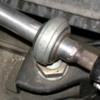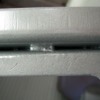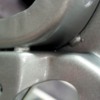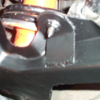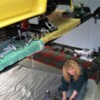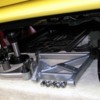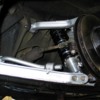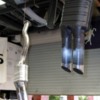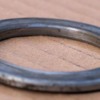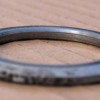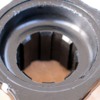Hi guys,
rather then start multiple new thread I figured I might be best just to start one and title it with my own car's number. Then I can just add to it as time goes along.
Okay, car is registerd now and on the road, but I knew the Alden Eagle shockers weren't too good and needed replacing. I also need to do rear stub axles and a trunnion bush for the gear linkage. Whilst I'm there, might as well rip out the Upper control arms and send them to the UK for modification, and look at the steering rack whilst the UCA are away.
So there's the initial list. Got to start somewhere hey?
So this morning I ripped out the Alden Eagles. One out of four was still working, one had blown the lower compression valving out completely, one was actually torn in half and the front right had just stopped working.
So I have these on the ground, stripped and cleaned ready for transport to USA.
Question?
These were fitted new in 2004 and the car hasn't done 5000 miles in tht time. Given that now it's Down Under, it may get driven a whole lot more and on a variety of roads, not smooth super highways like we see on USA TV shows!
So, if the guys at Aldens rebuild them, I wonder if it's possible to harden them up more that what they might do for a show car for instance?
Do any of you guys run ALden shockers, and if so, are they sotock, rebuilt or have stock adjustables got enough ajustment to firm them up for the type of driving I'm proposing?
NEXT:
I'm going to send the upper control arms to UK for modification for castor. I've gone to pull them off and suprise, suprise, you need special tools.
I sorted the rubber grommet and found that above the clutch pedal, but the nut is lower than the hole centre so you cant use a socket from inside the car anyway.
The worst part appears to be the 17mm bolts/nuts that actually hold the ball joint to the upper control arms. None of my 17mm gear will go on to them. Looks like you need a special super thin wall tube spanner to get onto them. Can anyone confirm the two techniques to 1. get the 19mm bolts of the upper control arms, and 2. what tool to use to get the 17mm ball joint off the upper control arms?
Thanks
Original Post





